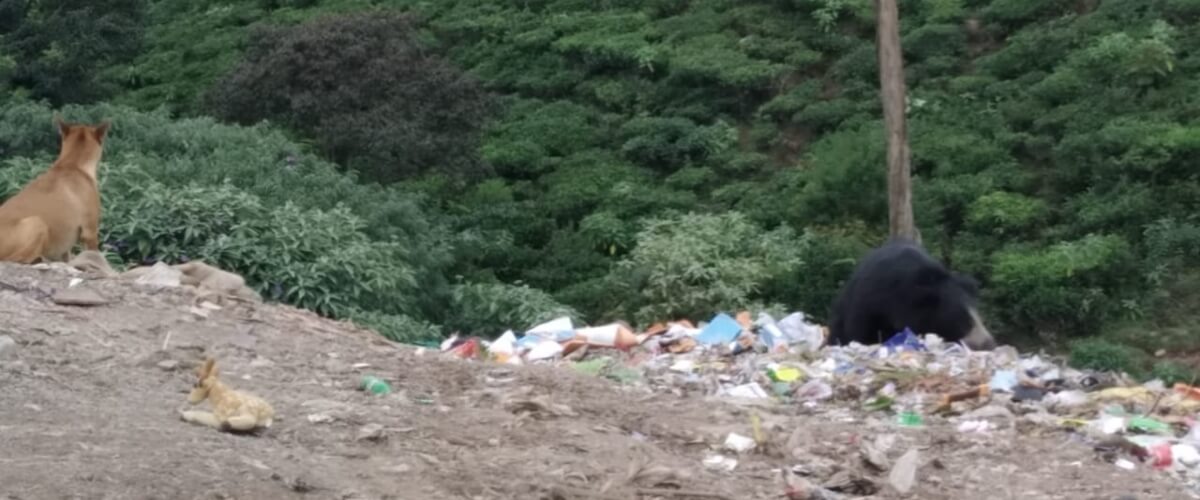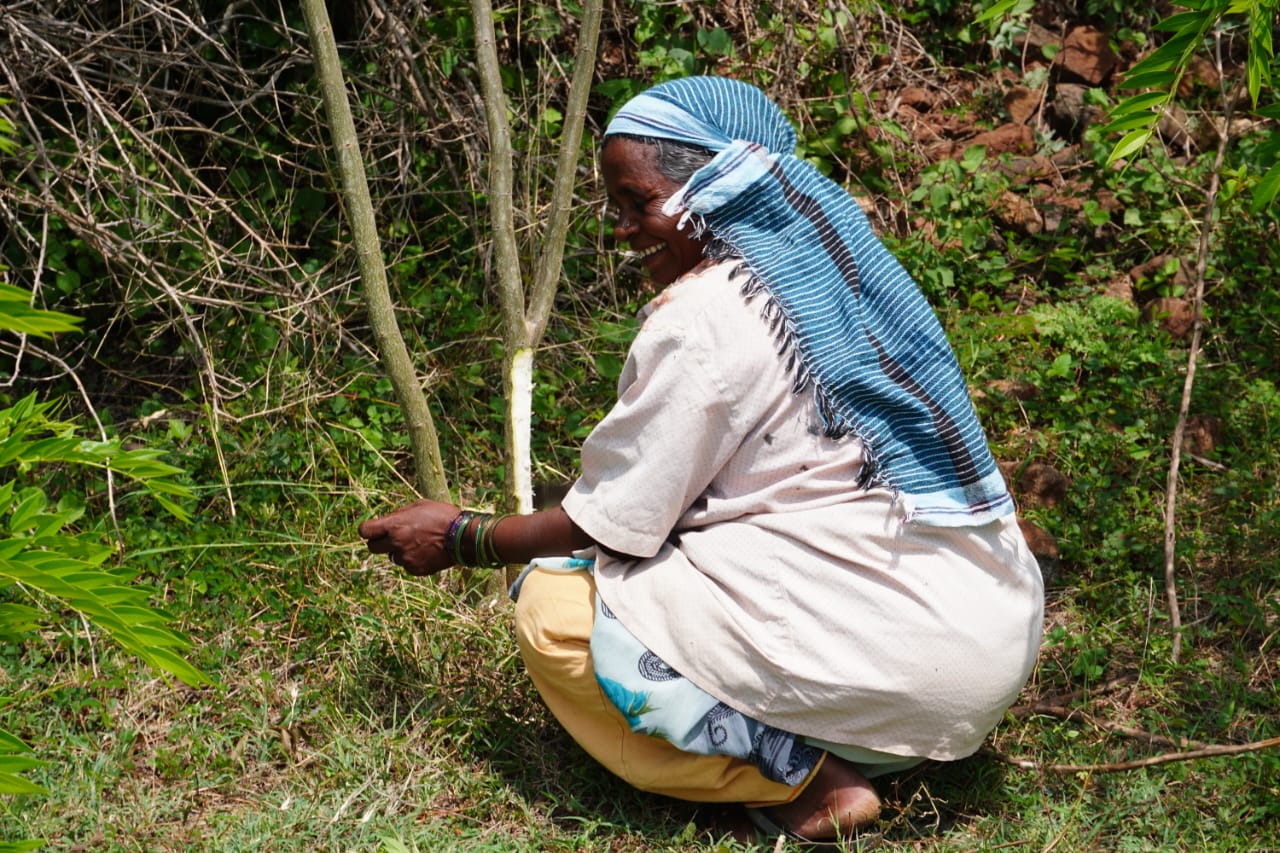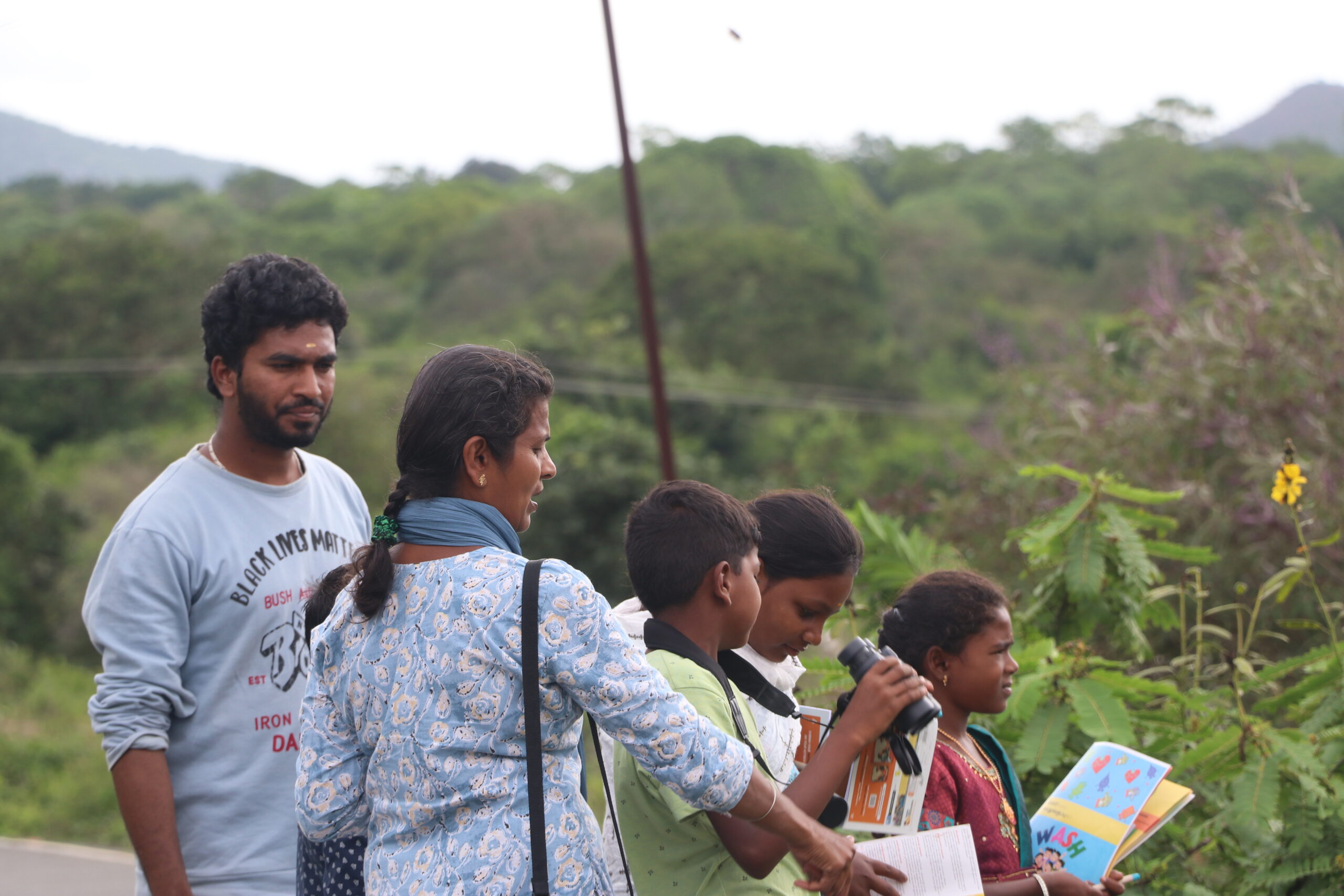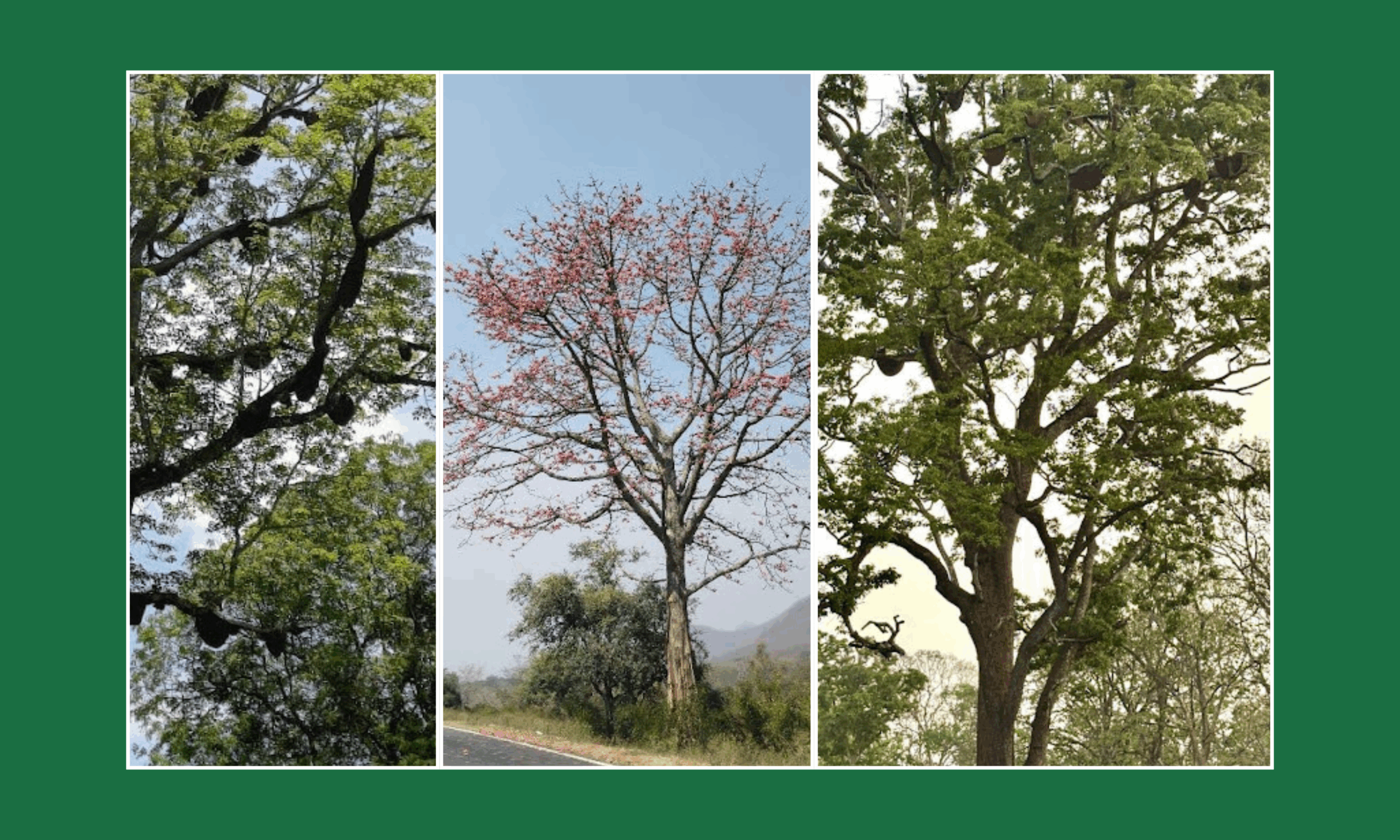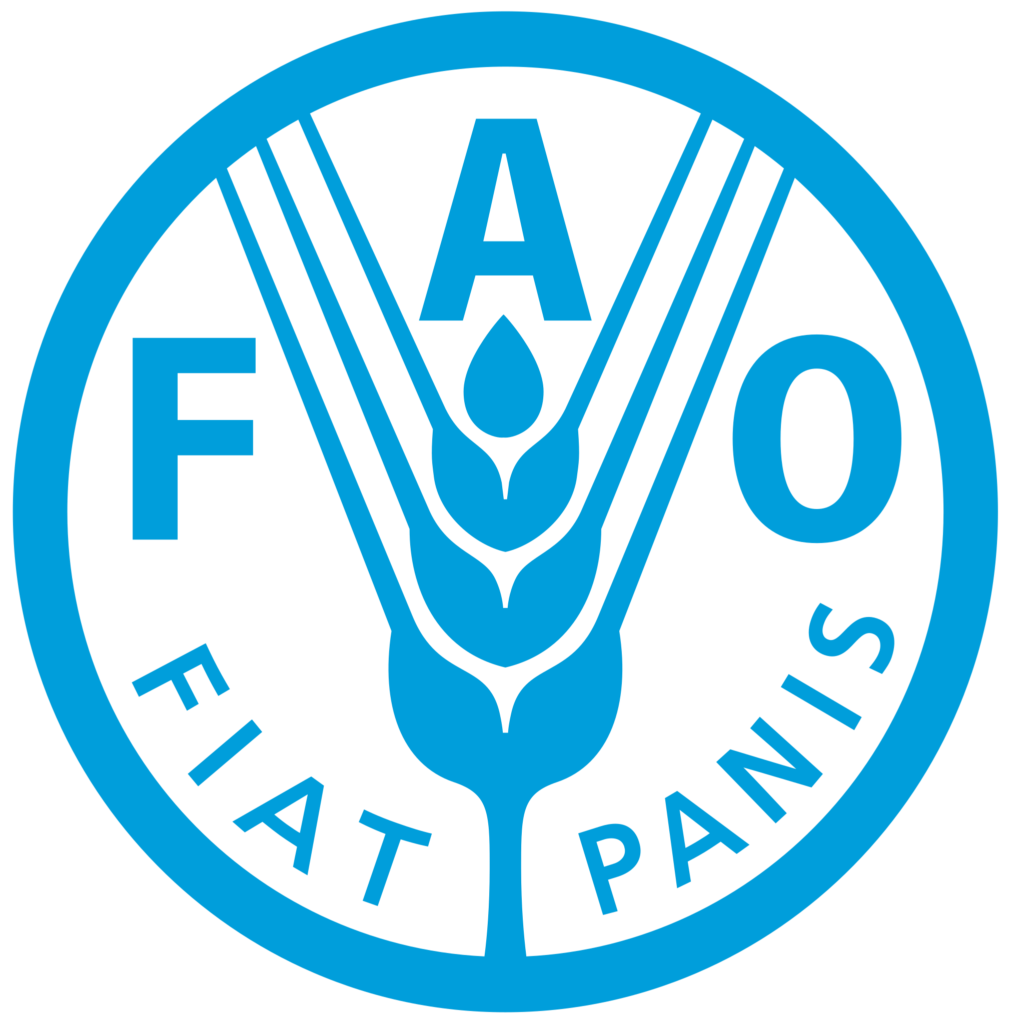Recently, social media went abuzz when the dung of a wild elephant at Maruthamalai foothills near Coimbatore was found to carry plastic waste in it including plastic covers, milk packets, masks and sanitary napkins. Shrinking forest cover and easy availability of food in human habitations are some of the reasons why wildlife is moving away from the forests and closer to towns and villages. This poses a major problem of waste management which we have not yet tackled properly.
In Kotagiri and other parts of the Nilgiris, a postmortem of wild animals like gaurs and sloth bears has revealed human food waste as well as plastic in their digestive system. A recent mapping of open waste dumps in the Nilgiris by Keystone Foundation showed more than 50 open waste dumps across the Nilgiris. And these are attractive and accessible to the wildlife. Keystone’s biodiversity programme team has collected data of hoof marks and other evidence of wildlife visiting open waste dumps in Kotagiri. Oral data collected by Keystone also point to an increasing number of wild animals visiting waste dumps in other parts of the Nilgiris.
Residents blame a lack of will and effort on the part of the municipal administration to segregate waste and dispose of waste safely. While there’s no way we can stop the waste from being created, what we actually can and must do is to segregate waste appropriately and find ways to recycle, reuse plastic waste. Open waste dumps attract animals who get closer to human habitation for an easy meal, increasing incidents of negative man-animal interactions. Unsegregated waste in these dumps is a huge risk to animals who consume them. Segregation of waste is the need of the hour and authorities must take this up urgently.

